Anchors and pitons on the rock face
Unlike in sport climbing regions, on alpine routes there are normally no solid bolts at regular intervals. Particularly on easier alpine climbs, the distances between bolts are great, there are no bolts at all, or they are of questionable quality. Additionally, in certain routes there may be a conscious decision made not to use bolts in order to maintain the classic, alpine character of the climb. In such routes the climber must protect themselves independently – or additional anchors must be placed to complement questionable pitons. This applies to protection points just as much as to proper anchors. The attaching and evaluation of available anchors are therefore extremely important in alpine climbs.
A good alpine climber is able to quickly recognize possible anchors and has mastered the use of traditional climbing equipment.
Bolts
There are two categories of bolts: Glue-in bolts (form-locking systems) and expansion anchors (mechanical systems). If correctly placed in solid rock, both systems provide secure anchors.
-
FORM-LOCKING SYSTEMS
“Form-locking systems” are commonly referred to as “glue-in bolts”. When positioned correctly, they provide maximum rigidity. However, they are also extremely prone to positioning errors. Once the drill hole is cleaned out (drill dust cleared), a suitable adhesive (cement) with heavy load approval is used. It is absolutely essential for the climber to observe the expiry date and the application instructions of the cement. Overall, application is complex and should only be undertaken after instruction and suitable experience.
![]()
-
MECHANICAL SYSTEMS
Expansion anchors are the most common bolt systems. They are not cost-intensive, and are also easy to mount and have high rigidity. If there are no cavities or cracks in the rock face, the expansion anchors can be attached at distances of at least 15cm from edges and cracks. The bolt anchor must be screwed right into the drill hole until it disappears. It must also be placed so that in the event of a fall a carabiner cannot bend.
![]()
Normal pitons
On traditional alpine routes, you will frequently find “normal pitons.” As well as having different shapes, there are also differences in the material: high carbon steel pitons are used in granite, whilst soft steel pitons are used in limestone.
-
SOFT STEEL PITONS
Soft steel pitons should adjust to the direction of the crack. When inserting them, a third of the total length must be in the crack and it should “sing” when hit, i.e. the piton should create an increasingly high-pitched sound with each hammer blow.
![]()
-
HIGH CARBON STEEL PITONS
High carbon steel pitons become jammed when hammered into a largely parallel granite crack. It should therefore be possible to insert them up to two thirds of their total length and push them as far as the stop. These too should “sing” in the process.
![]()
Natural protection
Tunnel slings, tree slings or rocky knoll slings are natural anchors. They can be used, like the other fixed points, for protection or for anchor points.. Cords and sling material made from Dyneema or Kevlar are used for protection purposes.
-
THE TREE AS AN ANCHOR
Trees, roots, branches and pines can be used as anchors. Here a sling is wrapped around a tree in a girth hitch so that it cannot move upwards. Sewn slings made of Dyneema, polyamide and fabric blends or cords made of Dyneema, Kevlar or polyamide are suitable for this. A tree used as an anchor should be green, meaning it has not died and is not rotten. The diameter of this natural anchor should be at least as thick as a leg. NOTE: Setting up a direct anchor around a tree is a no-go, as this will damage the bark. Instead, a sling is laid around a tree in a girth hitch and redirected through a carabiner.
-
THE TUNNEL AS AN ANCHOR
To be able to use a tunnel as an anchor, it should be at least as thick as an arm at the weakest point and should not have any cracks. The climber can use it as one fixed point for setting up an anchor using sling material or cords made of Kevlar or Dyneema. For thin or deep tunnels, a rigid and tear-resistant material such as a Kevlar cord is ideal. A girth hitch is not used, as this would automatically move to the narrowest, and therefore least sturdy, point of the tunnel. Instead the climber inserts a ring-shaped sling through the tunnel so that this lies on the base – the most solid point of the tunnel.
-
THE ROCKY KNOLL AS AN ANCHOR
In alpine terrain, rocky knolls are often used for anchors. Here the climber uses sling material, because this “rolls off” less easily than cords. Dyneema slings or slings made of polyamide or fabric blends are recommended. When positioning these it is important that the sling sits deep and well behind the knoll. It is therefore sometimes sensible to wrap the sling around twice and tie it off with a knot to prevent it from being pulled up by the rope.
Take care when belaying: If the sling can be lifted upwards or sideways in the event of a fall, the central point must be braced or if necessary braced with the climber’s bodyweight. A dummy runner must also be used.
Removable protection
Nuts and camming devices are traditional climbing equipment, as these are placed on the rock from a lead climbing position and removed again by the follower.
-
CAMS
Camming devices are adjustable, wedge-shaped objects that are used for protection in alpine terrain. They usually work based upon a toggle principle to generate a sufficient friction effect on the walls in cracks in the rock. They can then absorb a longitudinal strain (fall).
Cam (Camalot) systems are used in alpine climbing. These are made from three or four segments and have one or two axles. Cam systems with one axle that have three or four segments are usually called “friends”. On a cam, the four segments are mounted on two axles. As a result, they can be contracted further and cover a larger crack width than with single-axle systems. In cam systems, (friends and cams), a flexible bar has become standard these days. The devices can thus also be positioned in horizontal cracks.
-
NUTS
Nuts are non-adjustable, wedge-shaped (conical) camming devices which provide additional protection in alpine terrain and can absorb longitudinal strain. Unlike camming devices, they passively lock into a narrowing in the rock, while camming devices, on the other hand, actively expand in parallel slits. Nuts can have various basic shapes and are therefore categorized as stoppers, hexentrics or tricams. As with camming devices, they are subject to a certain standard in terms of strength. However, their shapes and sizes may vary.
Climbers also need a nut remover called a nut tool to remove nuts from the crack. This is pressed or hit lightly against the nut in the opposite direction from the main load direction on the nut – usually from below.
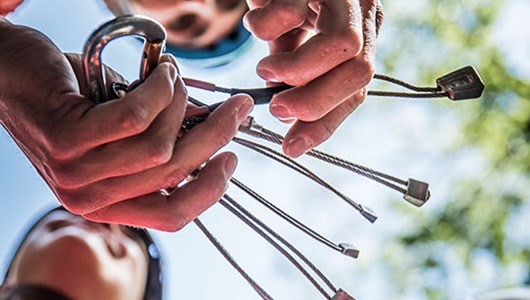
Check out the full series of Safety Academy Lab Rock videos below:
- Alpine basics
- Basic equipment for every climber
- Basic equipment for groups
- Additional equipment for groups
- Storms in the mountains
- Types of rock in the Alps
- Tour planning for alpine climbing
- Packing a backpack correctly
- Rope team procedures
- Knot techniques
- Belay using bolts
- Belay methods
- Anchors
- Coiling a climbing rope
- Rappelling
- What to do in an alpine emergency
- First aid on the mountain
- Rescue techniques while alpine climbing
- Bivouacking in an emergency situation
Visit ORTOVOX’s Safety Academy Lab Rock to view the climbing tutorials in their totality and test your knowledge with their fun and interactive quizzes.
Since the company was founded in 1980 in the south of Munich, ORTOVOX has stood for the highest possible protection during alpine activities. As pioneers in the avalanche safety field, we have played a key role in the development of emergency equipment for the mountains. Innovations such as the double-frequency avalanche transceiver and Smart Antenna Technology, and also targeted training measures, continue to be valuable contributions to making mountain sports a little bit safer and to saving lives.

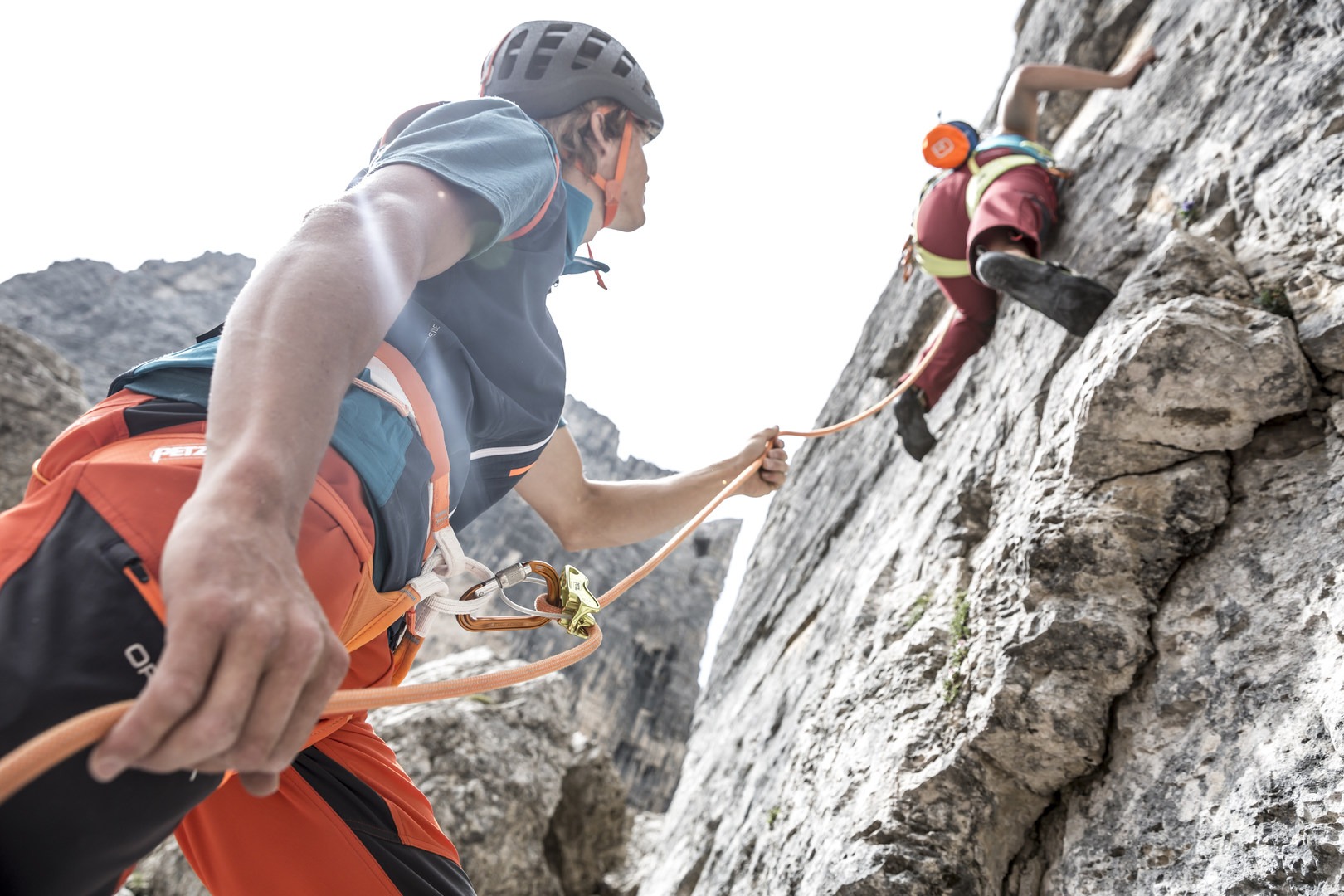

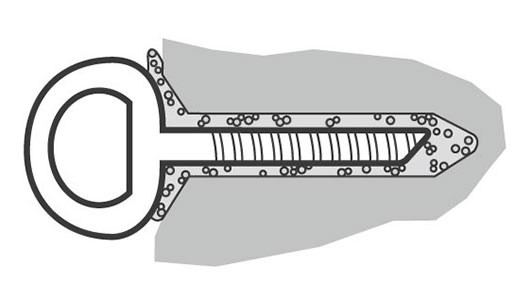

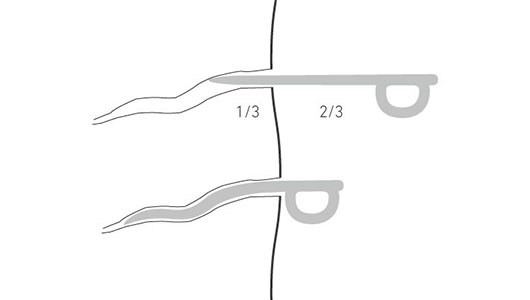
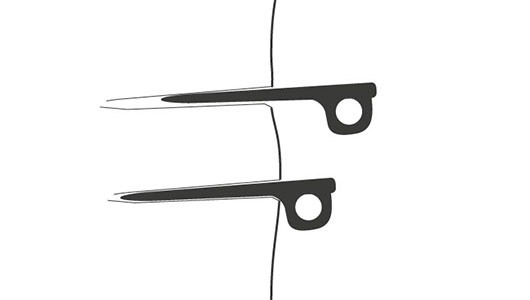

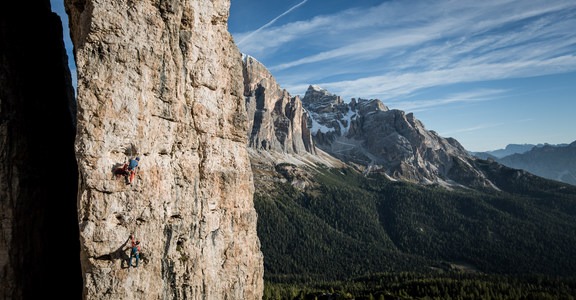
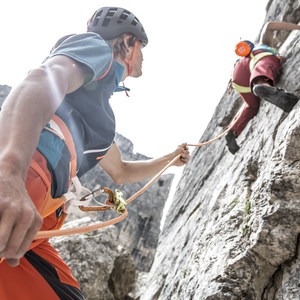
Comments
Sign In and share them.